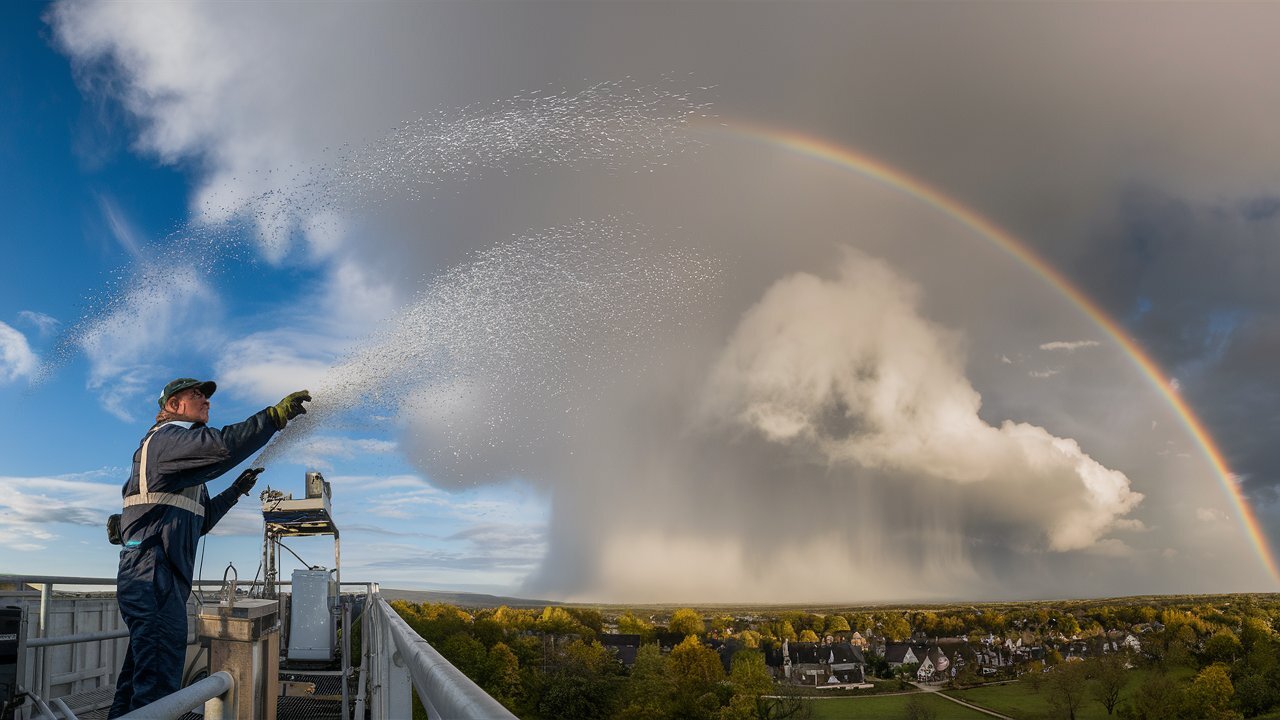Cloud seeding technology involves adding silver iodide particles or other substances to encourage rain to fall. The idea emerged at the end of the 19th century, and the first successful laboratory experiments were carried out in the 1940s. Despite many years of research and significant investments, the effectiveness of the method has not yet been proven.
Up to $68 million (in today’s money) was allocated to the weather modification program in the 1970s. But already in the 1980s funding decreased sharply. Nowadays, cloud planting is done at the local level. Nine states, including California and Texas, spend millions of dollars each year on these experiments. In Utah, for example, this costs $12 million a year, but the results are minimal.
The difficulty is that it is impossible to accurately measure how much rain falls due to technology and how much due to natural processes. Some studies show only a 3% increase in precipitation, but this data is statistically insufficient.
Additionally, the impact of cloud seeding on nature is not fully understood. Silver iodide is considered nontoxic in small doses, but its possible effects on ecosystems and beneficial microorganisms are controversial.
Source: Ferra
I am a professional journalist and content creator with extensive experience writing for news websites. I currently work as an author at Gadget Onus, where I specialize in covering hot news topics. My written pieces have been published on some of the biggest media outlets around the world, including The Guardian and BBC News.











